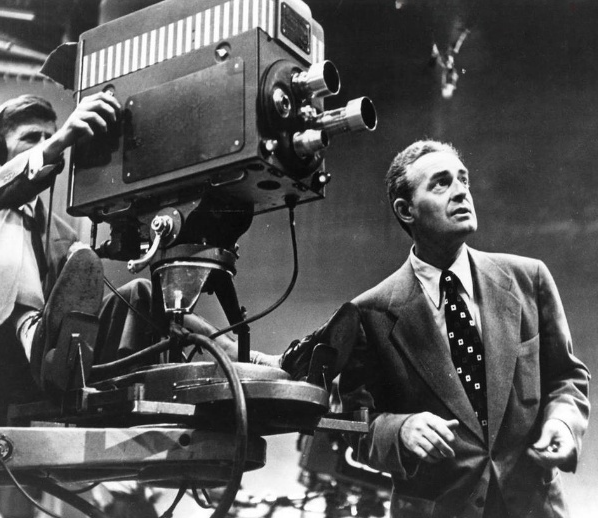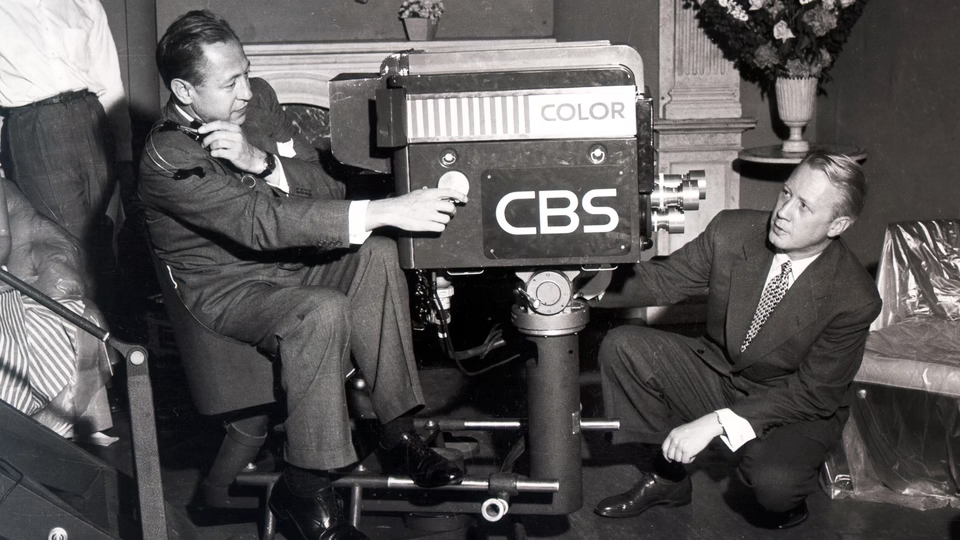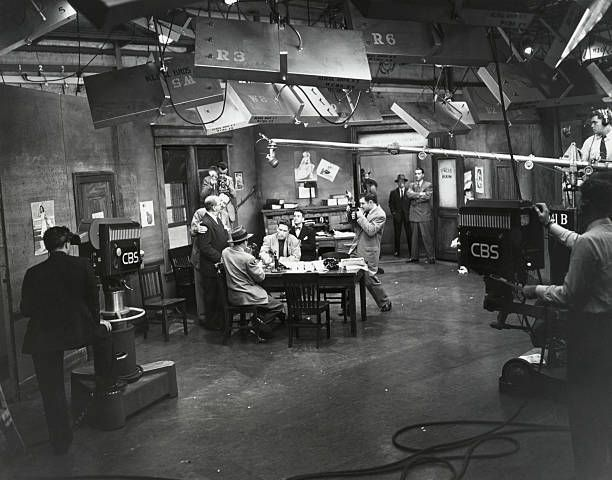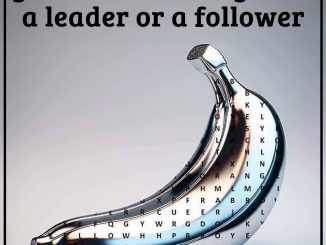The CBS Television Workshop stands as a fascinating relic in the history of American television. This anthology series, airing in two distinct runs during 1952 and 1960, was a showcase of innovative storytelling and groundbreaking performances. Featuring an impressive lineup of actors like Audrey Hepburn, James Dean, Sidney Poitier, and Grace Kelly, the series holds a unique place in the evolution of televised drama. Let’s dive into its history, key moments, and critical acclaim to understand its enduring legacy.
The 1952 Series: An Experimental Leap into Television

The first iteration of the CBS Television Workshop aired from January 13, 1952, to April 13, 1952. Designed as an experimental anthology, it adapted works from notable writers like Ray Bradbury and presented dramatized stories within a tight 30-minute time slot. Though its run was brief, it set a precedent for creative storytelling in early television.
Notable Performances and Guest Stars
The 1952 series boasted an enviable roster of talent, with early television appearances by some of Hollywood’s most iconic actors. Guest stars included:
- Audrey Hepburn
- James Dean
- Sidney Poitier
- Grace Kelly
- Boris Karloff
- Leslie Nielsen
These actors delivered performances that would later be seen as defining moments in their careers. The inaugural episode, a 30-minute adaptation of Don Quixote directed by Sidney Lumet, featured Boris Karloff as the titular character and Grace Kelly as Dulcinea. This episode highlighted the series’ ambition to merge literary classics with innovative visual storytelling.
Critical Reception
Early reviews of the show were mixed, reflecting the challenges of fitting rich narratives into a half-hour format. The trade publication Motion Picture Daily noted in March 1952 that the series had found its footing after an “uneven start.” Episodes like The Rocket, while praised for acting performances by talents like Martin Ritt, were sometimes criticized for weaker scripts. On the other hand, episodes such as The Gallows Tree received high praise for their captivating narratives and direction, with Geraldine Fitzgerald’s performance earning particular acclaim.
The 1960 Series: A Second Wave of Experimentation
The CBS Television Workshop returned in 1960, embracing an even more experimental approach. This time, the series aired in two separate runs: January 24 to May 1, and October 2 to December 25. Broadcast on Sundays from noon to 12:30 p.m. Eastern Time, the 1960 iteration focused on blending emerging talent with seasoned professionals in innovative storytelling formats.
Innovative Techniques
The 1960 series pushed boundaries with its bold experimentation. One of its standout episodes, Afterthought, eliminated traditional acting and dialogue entirely. Instead, it used audio-visual cues like a florist’s bill, a telephone click, concert tickets, and ominous sounds to convey a story of love and crime. This creative choice drew comparisons to the dialog-free commercials of the time, showcasing the series’ willingness to defy conventions.
Critical Response

The critical reception of the 1960 series was equally varied. While some praised the show’s creativity, others found certain casting choices questionable. For example, the Variety review of the episode Flight of Fancy criticized the casting of Truman, describing her performance as “little more than a suburban housewife doing a community theatre bit.” Nevertheless, the supporting cast received positive reviews, and the scripts were lauded for their willingness to take risks.
Impact on Television and Talent Development
Both iterations of the CBS Television Workshop played a significant role in fostering new talent and exploring experimental narratives. The 1952 series brought rising stars to the screen, giving audiences an early glimpse of legendary actors. Meanwhile, the 1960 series prioritized innovation, blending new creative approaches with traditional storytelling.
Spotlight on Emerging Stars
For actors like Audrey Hepburn, James Dean, and Sidney Poitier, appearing on the CBS Television Workshop offered an invaluable platform to showcase their craft. These performances provided stepping stones to their illustrious careers, proving that even short-lived anthology series could have a profound impact on Hollywood’s future.
Creative Storytelling Techniques
The series wasn’t afraid to challenge norms, introducing unconventional storytelling methods that would inspire later television experiments. From silent episodes to literary adaptations, the CBS Television Workshop demonstrated how television could be both entertaining and intellectually stimulating.
Challenges and Shortcomings
Despite its ambition, the CBS Television Workshop faced notable challenges. The 30-minute time slot often restricted the depth of its narratives, leaving some stories feeling rushed or incomplete. Additionally, experimental episodes occasionally alienated viewers accustomed to more traditional television formats.
Production Limitations
The constraints of early television technology and the demands of live or taped performances posed additional hurdles. Directors like Sidney Lumet and Robert Stevens, however, rose to the occasion, using their creativity to work within these limitations and produce visually compelling episodes.
Mixed Reviews

While some episodes were hailed as masterpieces, others drew criticism for uneven execution. Yet, this unpredictability was part of the show’s charm—it was a platform for experimentation, where risks were taken and lessons were learned.
Why the CBS Television Workshop Matters Today
The CBS Television Workshop remains a cornerstone of television history, embodying the spirit of experimentation and artistic exploration. Its commitment to showcasing emerging talent, adapting literary works, and experimenting with new techniques paved the way for future anthology series.
A Blueprint for Modern Anthologies
Shows like The Twilight Zone, Black Mirror, and American Horror Story owe a debt to the groundwork laid by early anthologies like the CBS Television Workshop. By proving that television could be a medium for serious, thought-provoking content, the series helped elevate the artistic potential of the small screen.
A Legacy of Talent
The series also reminds us of the importance of nurturing new talent. Many of the actors, writers, and directors who worked on the CBS Television Workshop went on to become household names, shaping the entertainment industry for decades to come.
Conclusion: A Bold Experiment in Television
The CBS Television Workshop may have had a brief run, but its impact resonates to this day. With its experimental storytelling, groundbreaking performances, and dedication to showcasing new talent, the series exemplifies the power of television as an artistic medium. It wasn’t just a show—it was a proving ground for innovation, paving the way for the dynamic, genre-defying television we enjoy today.


